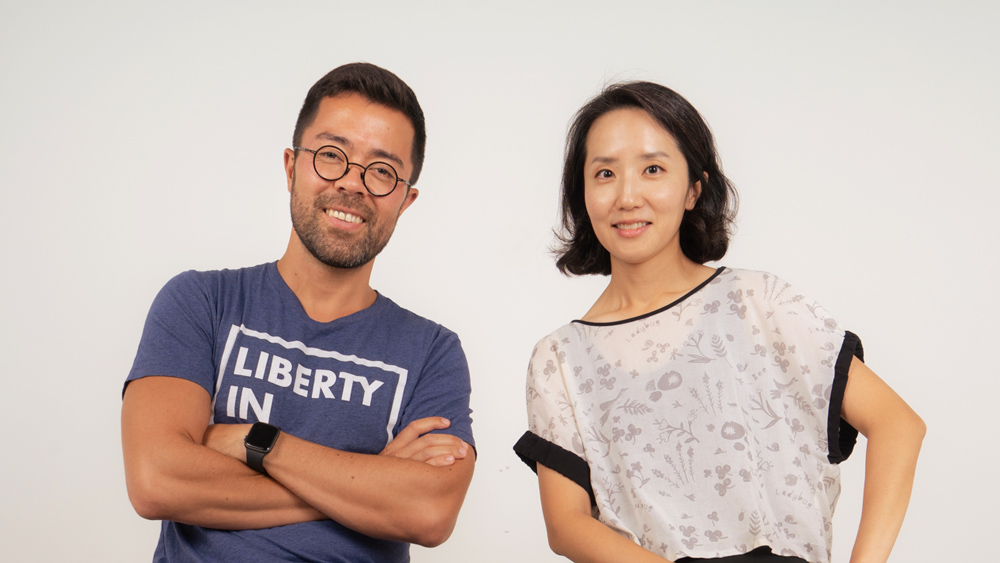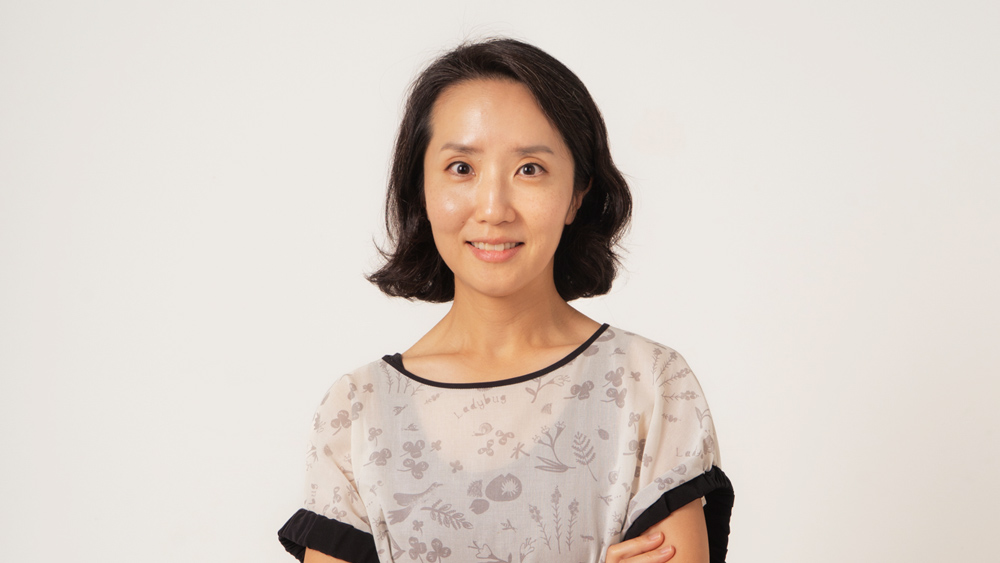The DMZ and North Korea

What Is the DMZ?
The Korean Demilitarized Zone (DMZ) is a strip of land running 160 miles (250km) across the Korean Peninsula that serves as a buffer zone between North Korea and South Korea. It passes just 30 miles north of Seoul but is one of the most heavily guarded borders in the world. It divides the Korean Peninsula approximately in half roughly near the original border at 38°N (the 38th parallel), the line that divided North and South Korea at the end of World War II. The Demilitarized Zone incorporates territory on both sides of the cease-fire line as it existed at the end of the Korean War (1950-1953), and was created by pulling back the respective forces 1.2 miles along each side of the line.
The armistice that ended hostilities was signed here in 1953, but, as an official peace treaty was never signed, the two sides have officially been at war for over seven decades.
A Brief History of the DMZ
With Japan’s surrender to the Allies ending World War II in 1945, Korea gained its independence after 35 years of colonization by Japan. The United States and the Soviet Union agreed to a joint temporary occupation of the Korean Peninsula with the US administering the southern part and the USSR administering the northern part.
The zones were split at the 38th parallel, an arbitrary line on the map chosen because it divided the country roughly in half. The division and international administration was supposed to be temporary until Koreans were considered ready to govern by themselves, but with the onset of the Cold War and growing suspicion between the US and USSR the two sides failed to come to an agreement that could establish a unified Korean government and state.
Instead the Republic of Korea (ROK), supported by the United States, was established in 1948 in the south while the Democratic People’s Republic of Korea, supported by the Soviet Union, was established soon after in the north, with both sides claiming sovereignty over the whole peninsula.
On June 25th, 1950, the new North Korean Army invaded across the 38th parallel in an attempt to quickly reunify the Korean peninsula by force. They nearly succeeded, but US-led international intervention changed the course of the war. The conflict devastated the Korean peninsula for three years and killed three million people. After the conflict reached a stalemate close to the 38th parallel, the Korean Armistice Agreement was signed on July 27th, 1953 between the United Nations Command, North Korea, and China to establish a ceasefire.
Each side agreed to move their troops back 2,000m (1.24 miles) from the front line to create a demilitarized zone, establishing a 2.5 mile wide buffer with established rules of conduct. The Military Demarcation Line (MDL) runs through the middle of the DMZ and indicates where the front was when the agreement was signed.
More than seven decades later, both sides still stand guard on either side of the DMZ, two large armies on constant alert for potential aggression from the other side. The arbitrary division that in 1945 everyone thought would be temporary has ended up with one of the most impermeable borders in human history.
The Security Status at the DMZ
The border between North and South Korea is one of the most heavily guarded stretches of land in the world. The DMZ, littered with scores of mines and barbed-wire fences, is almost impossible to cross, except at the Joint Security Area (JSA). The JSA is a special zone inside what is known as the "truce village" of Panmunjom, about 35 miles north of Seoul. Every year, when it is open to tourists, thousands of people visit the JSA for a chance to see North Korean soldiers standing at attention just dozens of feet away and to officially step into North Korean territory inside a United Nations Command administered conference room that straddles the military border.
A visit there feels like military theater, with stern warnings from the South Korean soldiers under United Nations Command not to make gestures at their counterparts. Since demarcation, the DMZ has had numerous incidents and incursions by both sides, although the North Korean government typically doesn’t acknowledge direct responsibility for any of these incidents.
Human Rights and Repression in North Korea
North Korea is one of the world's most repressive states. The government restricts all civil and political liberties for its citizens, including freedom of expression, assembly, association, and religion. It prohibits all organized political opposition, independent media, civil society, and trade unions. The government routinely uses arbitrary arrest and punishment, torture in custody, forced labor, and executions to maintain fear and control across the country. Beyond the DMZ, North Korea is a highly controlled country where human rights are routinely violated.
The international community has continued to press the North Korean government to expand its engagement with United Nations human rights mechanisms, including action on findings of the UN Commission of Inquiry (COI). The COI report shows that the country has committed crimes against humanity including extermination, murder, enslavement, imprisonment, rape, sexual violence, forced abortion, and other heinous crimes. The citizens of North Korea require a lot of help and support from the international community in order to attain a better life.
The North Korean people face a brutal and repressive government that isolates them from the world and denies their most basic human rights. But you can help to create change. At Liberty in North Korea (LiNK), we help North Korean refugees escape through a 3,000-mile secret rescue route and empower North Koreans who have reached freedom to be changemakers, advocates, and leaders on this issue.
You can help make a difference in the lives of North Korean citizens by learning more about our organization, raising funds, advocating for the people of North Korea, starting a rescue team, or making a donation today!
At the Forefront of North Korean Human Rights Work | LiNK Organizational Update
Liberty in North Korea welcomes Sarah Yun as our new Chief Regional Officer (CRO), South Korea, as our previous South Korea Country Director, Sokeel Park, transitions into a new role as our Chief Strategy Officer (CSO). Sarah and Sokeel will collaboratively lead LiNK’s South Korea operations while growing LiNK’s impact through their respective areas of expertise.

Over a Decade of Dedication to Human Rights
Sarah Yun brings a wealth of experience and expertise from her work to advance human rights in North Korea and across Asia during the past 15 years. She most recently served as the Country Director of Korea and Cambodia at the National Democratic Institute (NDI), managing the Institute’s operations and programs in the two countries.
Previously, Sarah was a Senior Manager for Asia at the National Endowment for Democracy (NED), overseeing the Cambodia, Vietnam, North Korea, Thailand, and the Philippines programs and teams. Prior to her experience at the NED, she worked at the Center for International Private Enterprise where she managed the Cambodia and North Korea programs, in addition to the Papua New Guinea program and field office.
“I have had the opportunity to work on issues related to various countries in Asia at a variety of institutions throughout my career, but my greatest passion has always been to envision a North Korea where its people can choose their own future. I am deeply inspired by the stories and resilience of the North Korean people and am committed to supporting their leadership and efforts toward a better future.”
– Sarah Yun, LiNK CRO

Sarah holds a BA in Political Science and Business Institutions from Northwestern University and MA in International Relations and International Economics from Johns Hopkins University School of Advanced International Studies. Her journey with LiNK began in college, when she came across her campus LiNK Team.
“I first learned about LiNK during my college years, when chapters began to emerge across the United States. Since then, I have respected the organization’s mission and work. When I was given the opportunity to work at LiNK, I had great anticipation and excitement at the thought of joining and supporting North Koreans' journey toward a free and open future. Together with the LiNK team, I hope to contribute to amplifying the leadership and voices of young North Korean defectors in creative and impactful ways.”
– Sarah Yun, LiNK CRO
A Strategic Shift
As LiNK continues to expand and refocus our programs in response to the evolving needs of this issue, there was a timely opportunity to bring on Sarah and diversify the organization’s impact.
As CRO, Sarah Yun will lead LiNK’s South Korea team, oversee our Capacity Building Programs, and represent the organization in South Korea. Sokeel Park will jointly represent LiNK alongside Sarah and maintain key collaborative efforts with external stakeholders. As CSO, Sokeel’s scope will also encompass the development of the organization’s broader strategy and Information Access Programs (IAP). Moving forward, IAP is an area of work which we are expanding as a crucial way to support North Koreans driving change inside the country, and achieve our vision.
North Korean refugees consistently tell us that getting more outside information into North Korea is crucial for empowering North Koreans to change their country. The importance of this area of work has only increased in recent years, so it is vital that we are able to increase the resources and time we are investing into these strategies. I’m extremely grateful to our donors for joining with us and making this expansion and these initiatives possible.”
– Sokeel Park, LiNK CSO
This is a challenging time for North Korean people, refugees, and the issue. We are grateful to Sarah for bringing her experience and expertise to LiNK and everyone whose support sustains our organization and enables us to grow.
We look forward to increasing our impact with Sarah’s leadership and sharing updates about our progress with our supporters.




